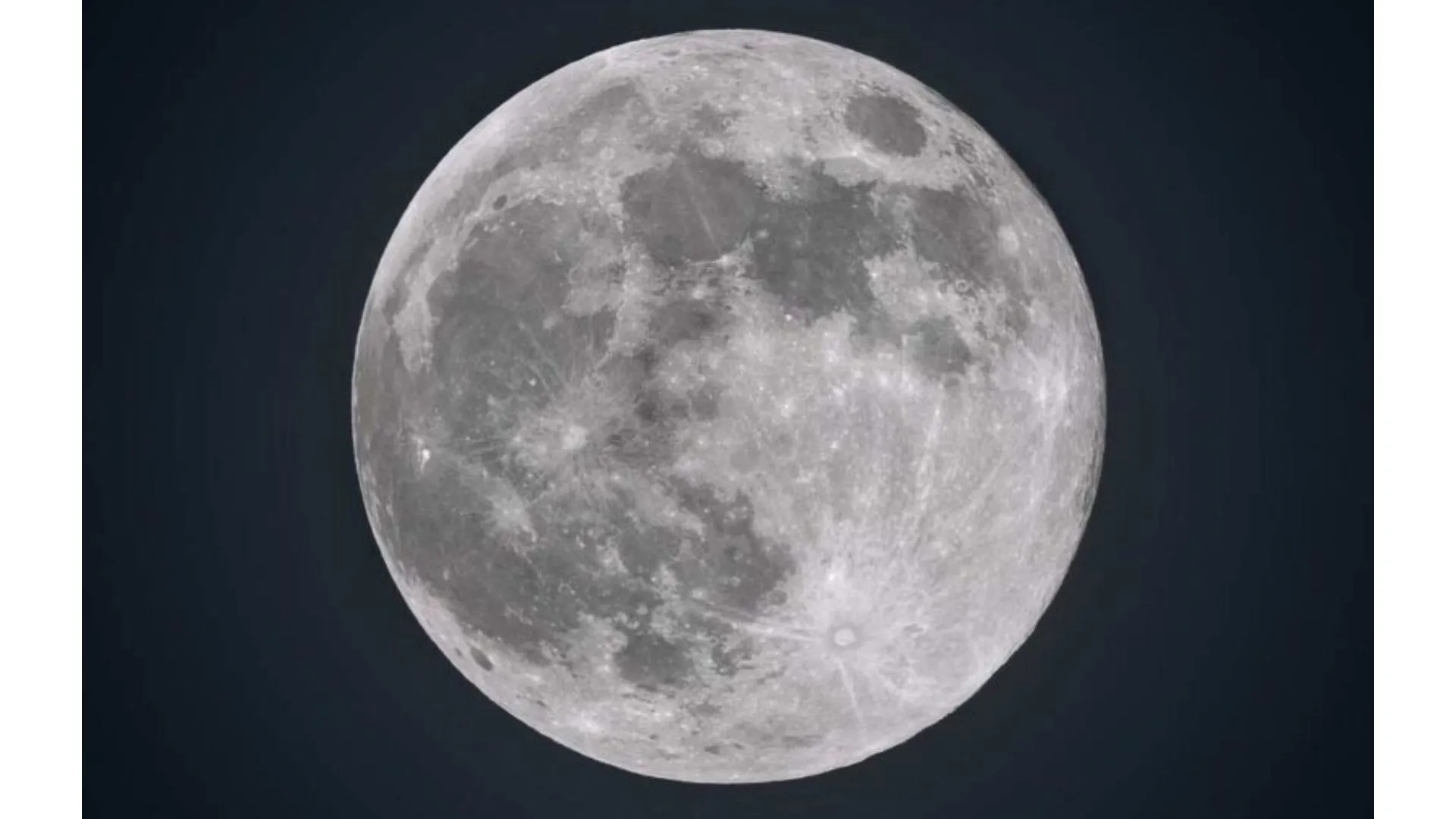A new University of Washington study led by Elizabeth Miller reports that throughout Earth’s ancient history, there were several periods of time when many fish actually favoured the cold, dark, barren waters of the deep sea.
“It’s easy to look at shallow habitats like coral reefs, which are very diverse and exciting, and assume that they’ve always been that way,” said Miller, who completed the study as a postdoctoral researcher at the UW School of Aquatic and Fishery Sciences and is now a postdoctoral fellow at the University of Oklahoma. “These results really challenge that assumption, and help us understand how fish species have adapted to major changes to the climate.”
The deep sea is typically defined as anything below about 650 feet, the depth at which there is no longer enough sunlight for photosynthesis to occur. That means there is far less food and warmth than in the shallows, making it a difficult place to live. But by analysing the relationships of fish using their genetic records going back 200 million years, Miller was able to identify a surprising evolutionary pattern: the speciation rates—that is, how quickly new species evolve—flip-flopped over time. There were periods lasting tens of millions of years when new species were evolving faster in the deep sea than in more shallow areas.
In some ways, this discovery raised more questions than it answered. What was causing fish to prefer one habitat over another? What made some fish able to move into the deep sea more easily than others? And how did these ancient shifts help create the diversity of species we have today?
When Miller mapped these flip-flopping speciation rates onto a timeline of Earth’s history, she was able to identify three major events that likely played a role.
“The first was the breakup of Pangea, which occurred between 200 and 150 million years ago,” said Miller. “That created new coastlines and new oceans, which meant there were more opportunities for fish to move from shallow to deep water. There were suddenly a lot more access points.”
Next was the Cretaceous Hot Greenhouse period, which occurred approximately 100 million years ago and marked one of the warmest eras in Earth’s history. During this time, many continents were flooded due to sea-level rise, creating a large number of new, shallow areas across the earth.
















